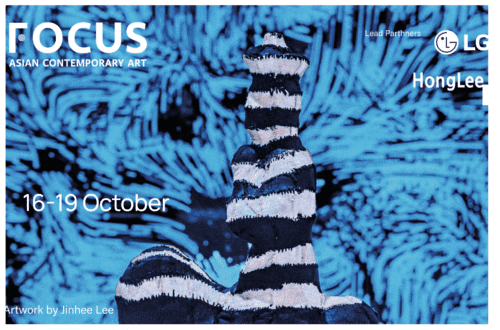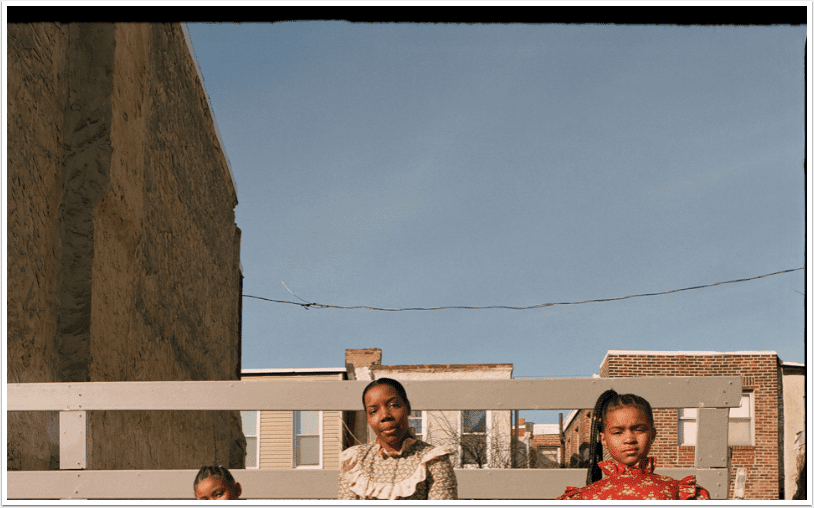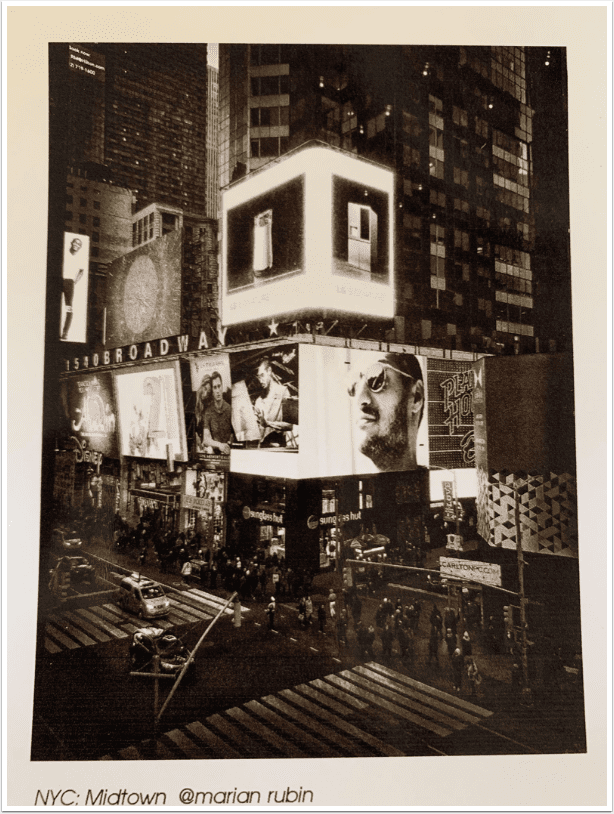Truth and Memory – British Art of the First World War
This looks like a fabulous exhibition that we have just received details of directly from The Imperial War Museum London (IWP). IWM London presents the largest exhibition of British First World War art for almost 100 years. This major retrospective comprises over 120 artworks and will feature the most iconic images to emerge from the First World War, including paintings by Paul Nash, Percy Wyndham Lewis, CWR Nevinson, Stanley Spencer and William Orpen, as well as lesser known, yet significant works, by artists such as Anna Airy, George Clausen and Gilbert Rogers.
This exhibition will run from 19 July 2014 – 8 March 2015 with free admission.
Please note, IWM London is temporarily closed between 6 January – 19 July 2014 as the transformation for this exhbition takes place.
Find out more below…

Truth and Memory will assess both the immediate impact and legacy of British art of the First World War. Comprised predominantly of works from IWM’s Art Collection, the exhibition will show how artists of all ages, traditions and backgrounds, strived to represent the unprecedented, epoch-defining events of the First World War, which ultimately helped shape the nation’s perception of the conflict and of warfare itself. The exhibition aims to make a fresh interpretation of British First World War art, placing it firmly within the context of the times, taking into account critical and popular responses and incorporating contemporary artistic debates.
At the turn of the last century, art in Britain held a position and status in society quite different from today and was often regarded as having a social function. In particular, images of warfare imparted notions of identity, culture and morality, enshrining these as the ‘truth’. However, in a conflict where the soldiers themselves were the ‘artists’ a very different idea of war emerged. The first section of the exhibition Truth will focus on the works of those artists who experienced life on the front line, first-hand. In their quest to comprehend and give meaning to a modern and unfamiliar war, young British ‘serving’ artists, challenged established ideas of war – and redefined notions of the ‘truth’.
CRW Nevinson reveals a Futurist vision of modern war in his painting La Mitrailleuse, 1915. Prior to the war, Nevinson was keen to embrace the speed and violence of the modern age, but his experience as a medical orderly and ambulance driver in the First World War, rapidly changed his world view. His depictions of trenches and soldiers are reduced to a series of angular shapes and definitions between human flesh and heavy artillery become intentionally unclear.
Paul Nash’s interpretations of Western Front landscapes show a despairing view of war. His iconic, We Are Making a New World, 1918, shows the violation of the landscape as a metaphor for the force of war and the cost to humanity.

Image above – the current transformation taking place at IWM
Memory will look at how British art met the challenge of commemorating the First World War and how this helped form the collective memory of the war as we know it today. In doing so, it will address whysome pictures have seemed to transcend definitions of art and come to epitomise the slaughter and sacrifice of the First World War. Focusing on both official and independent works produced enduring the war and in its immediate aftermath, this section of the exhibition will early attempts by British artists to convey the tragedy of the First World War and to build a lasting memorial to the nation’s sacrifice.
Eric Kennington’s life like image of The Kensingtons at Laventie, 1915, serves as both a self-portrait and a democratic tribute to his comrades. Painted shortly after being invalided out of service it shows the moment when the artist and comrades arrived at billets from the frontlines amid the snow in the desperately cold first winter of the First World War. A mundane incident made monumental by the paintings scale and technique, oil on the reverse of glass, The Kensingtons testified to the attrition of trench warfare and honoured the stoicism and comradeship of ordinary soldiers.
George Clausen’s Youth Mourning, 1916, offers an alternative response to the tragedy of the First World War, motivated by the death of Clausen’s daughter’s fiancé. Painted when in his sixties and in stark contrast to his nostalgic impressions of rustic English life, the allegorical form of a young woman set against a desolate barren landscape, emphasises the rawness of grief and emptiness of death.
The exhibition will consider the art commissions of the Imperial War Museum itself and the contribution of women in works such as Anna Airy’s Shop for Machining 15- Inch Shells, 1918.The chaos of the factory floor reveals the sweatshop conditions many women endured in supporting and sustaining the nation’s war effort.
The final section of the exhibition will focus on the ambitious plans of Lord Beaverbrook’s British War Memorials Committee and the Imperial War Museum, to build an artistic record of the nation’s war in the form of a Hall of Remembrance. Key commissioned paintings, such as John Singer Sargent’s magnificently elegiac Gassed and Wyndham Lewis’s modernist canvas A Battery Shelled, will be displayed alongside important sculptural works like Jacob Epstein’s The Tin Hat and Eric Kennington’s studies for his Soissons Memorial to the Missing. The exhibition concludes with William Open’s controversial painting, To Unknown Soldier in France, revealing the artist’s disillusionment with the machinations of the triumphant Allied leaders.
Truth and Memory will act as testament to the huge artistic outpouring in Britain instigated by the all- encompassing, all-consuming nature of the First World War.


